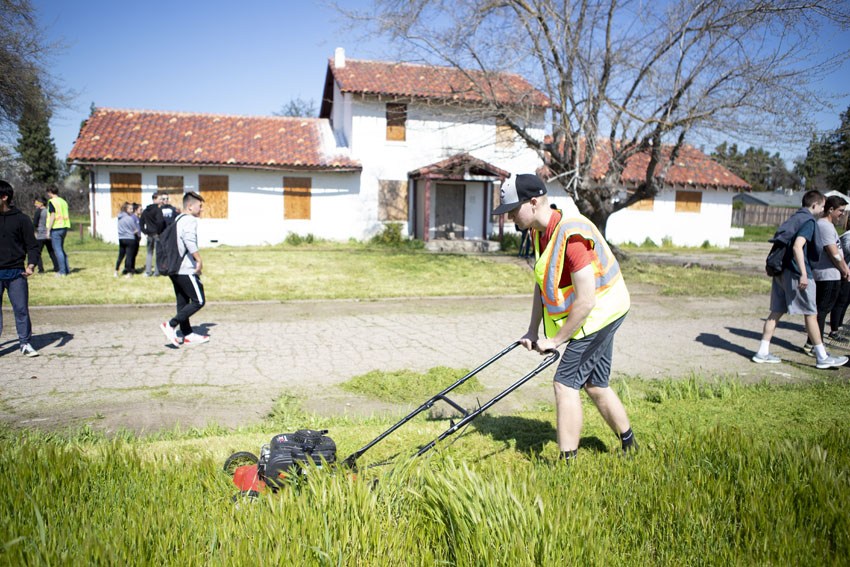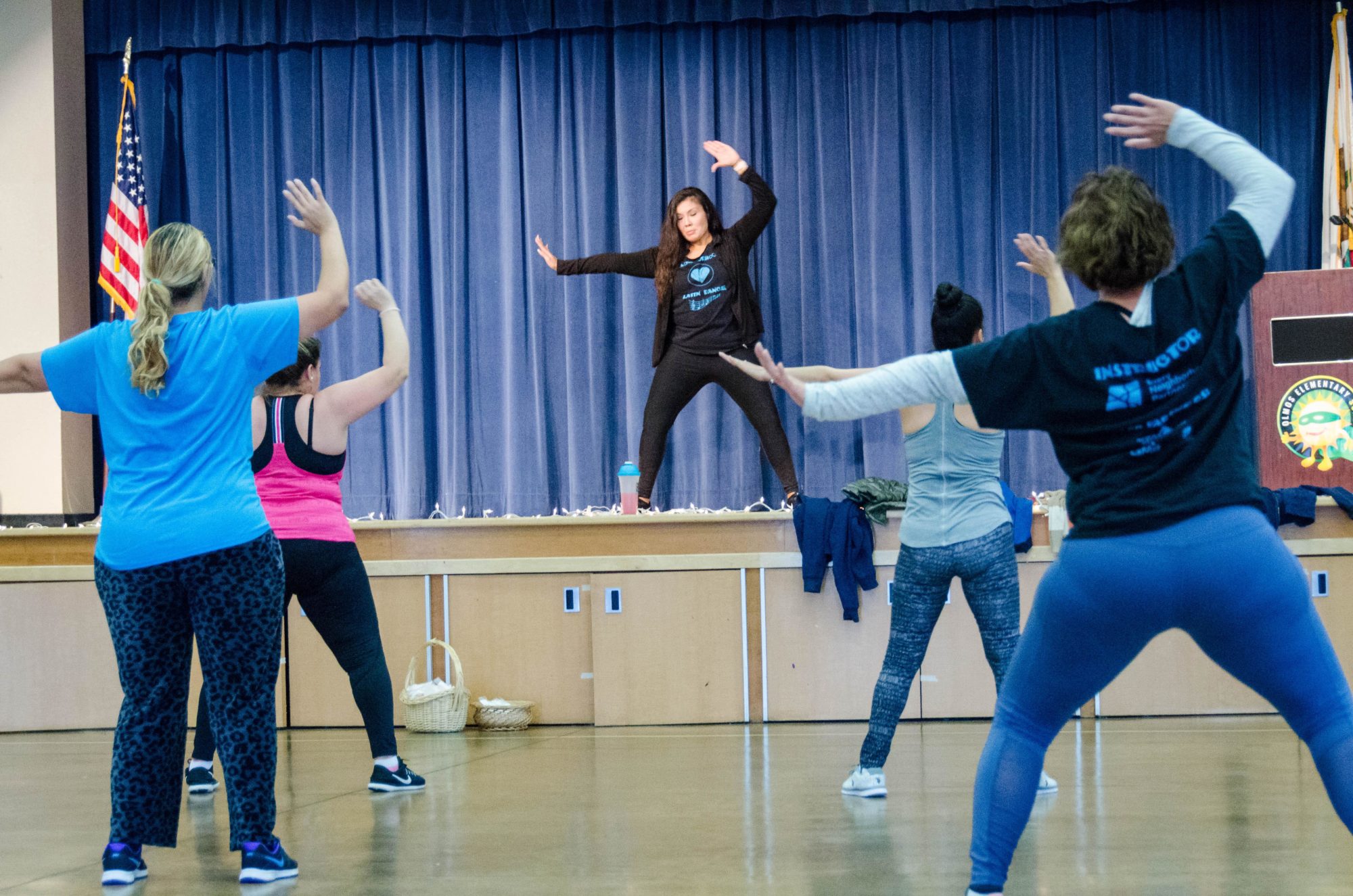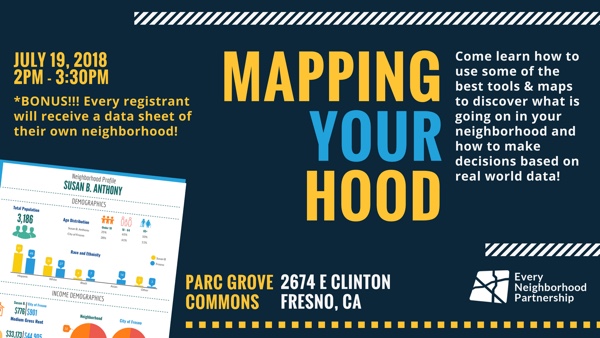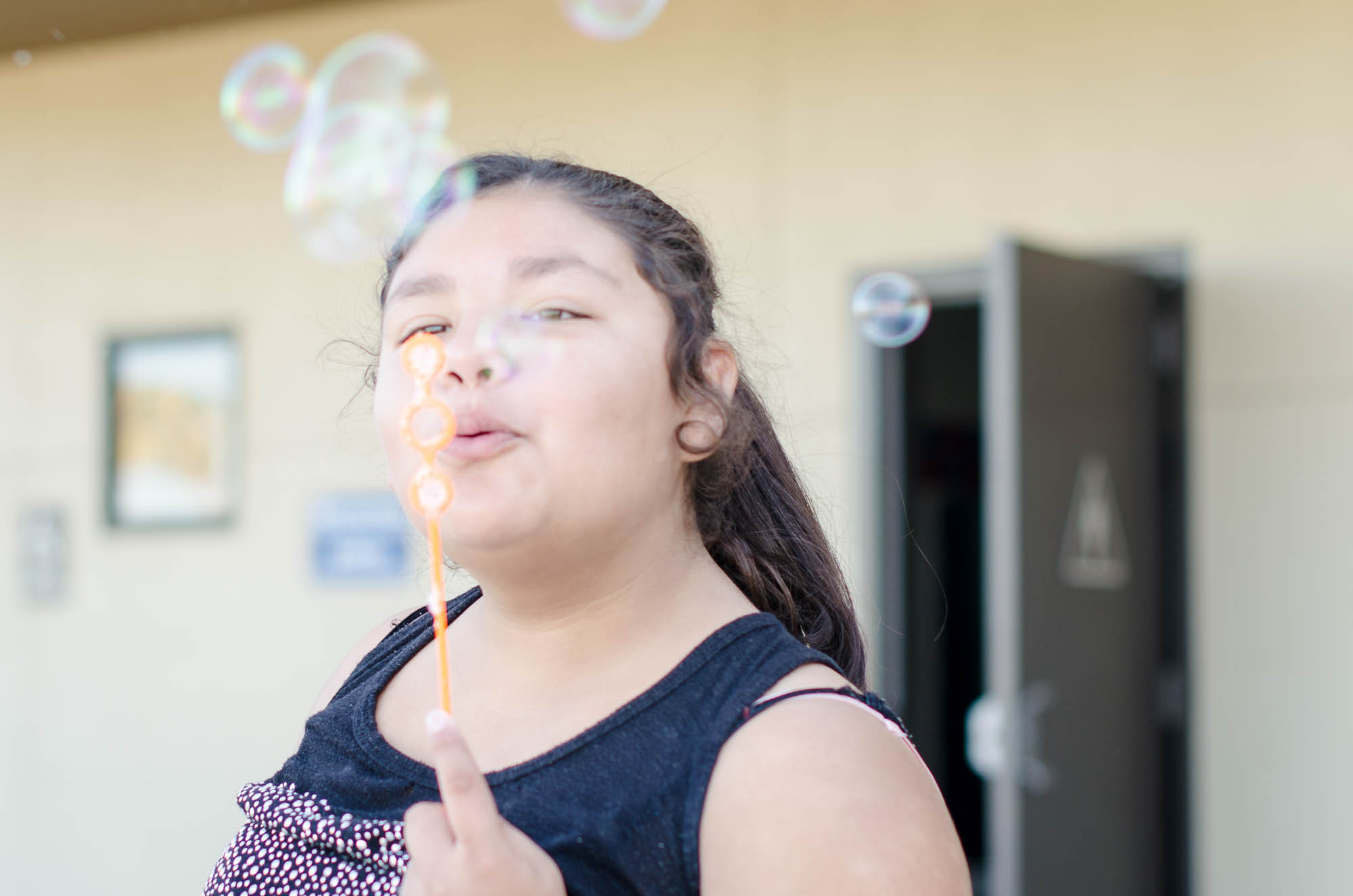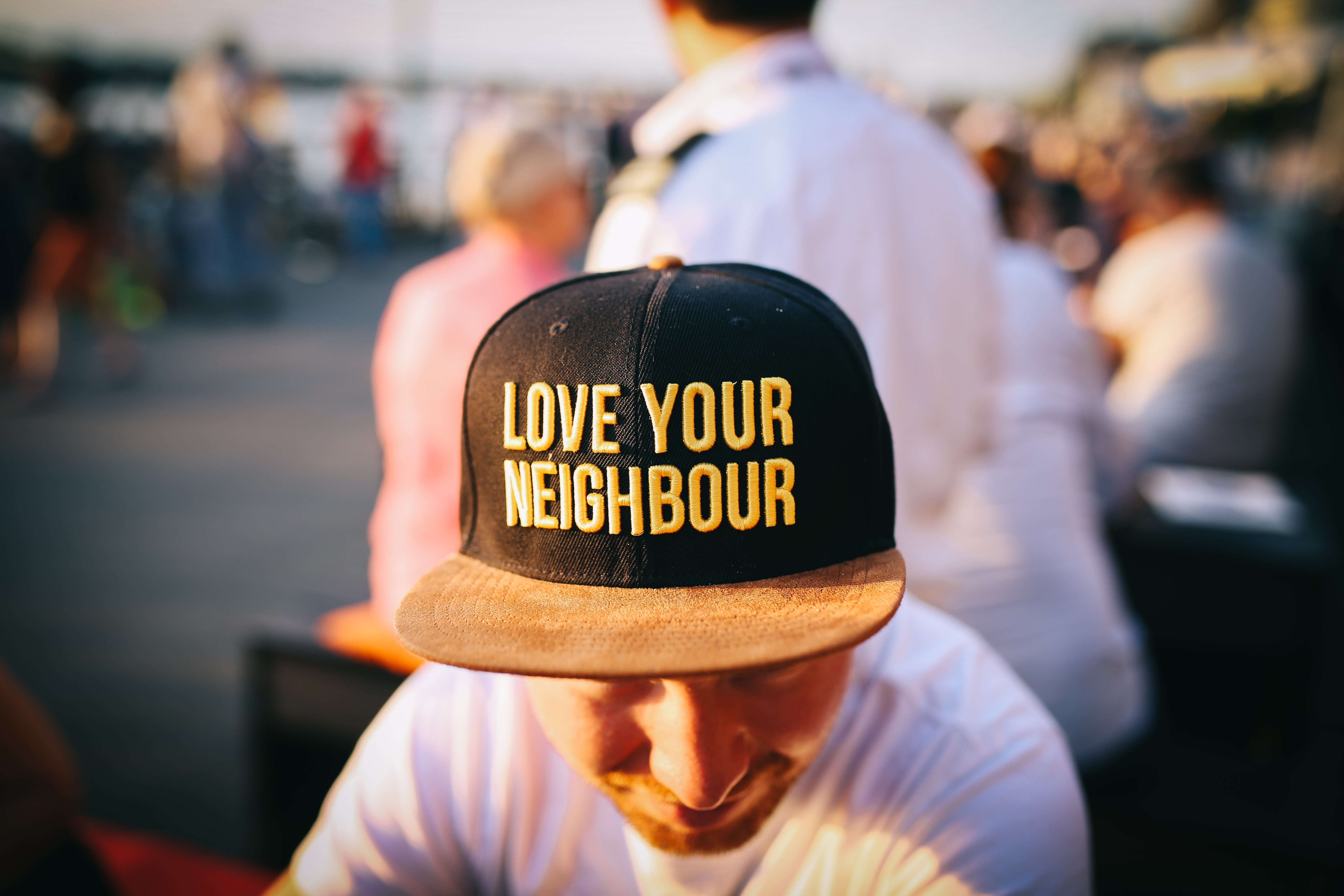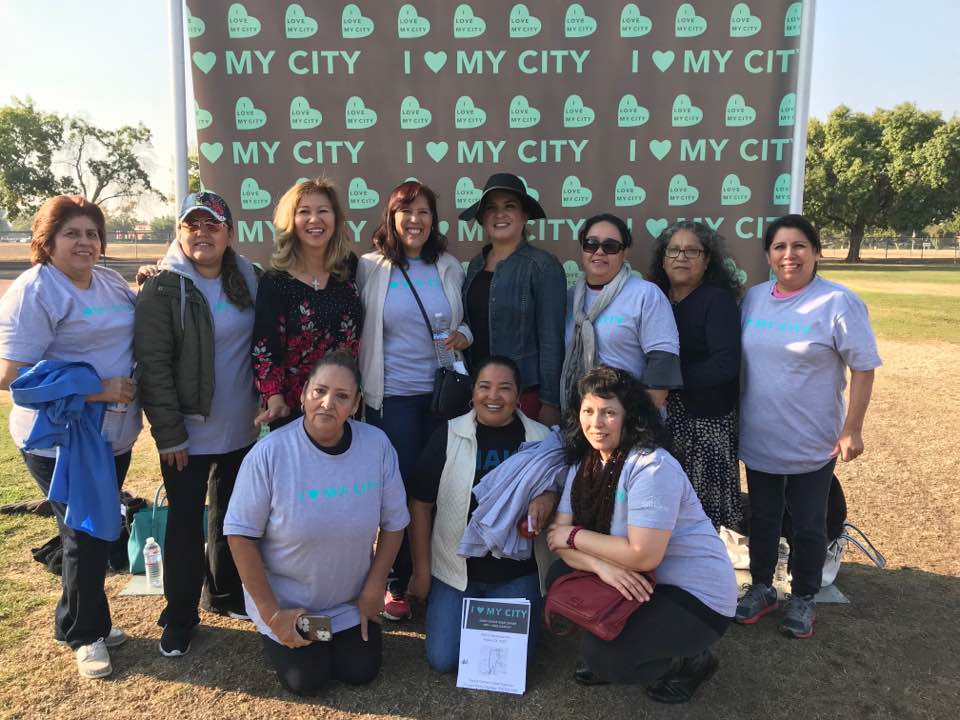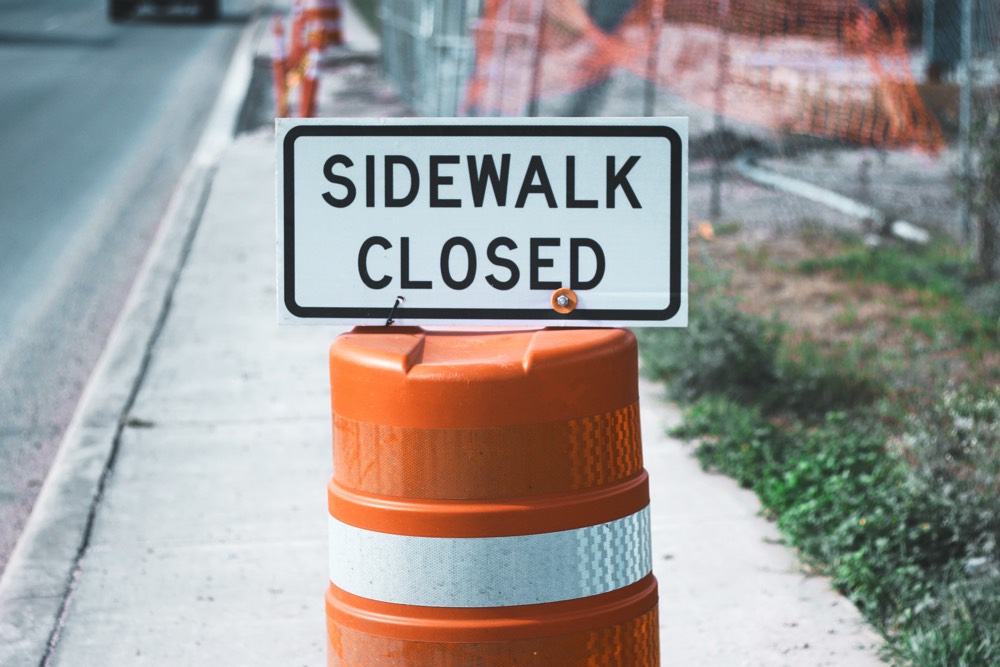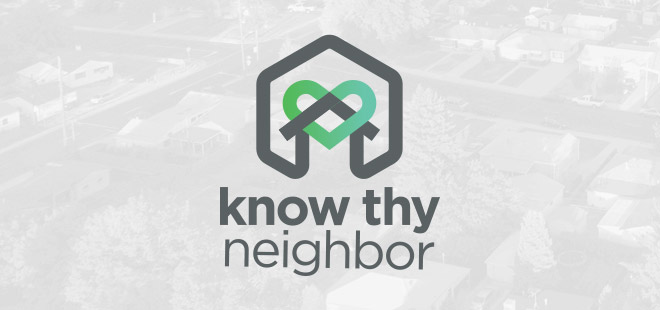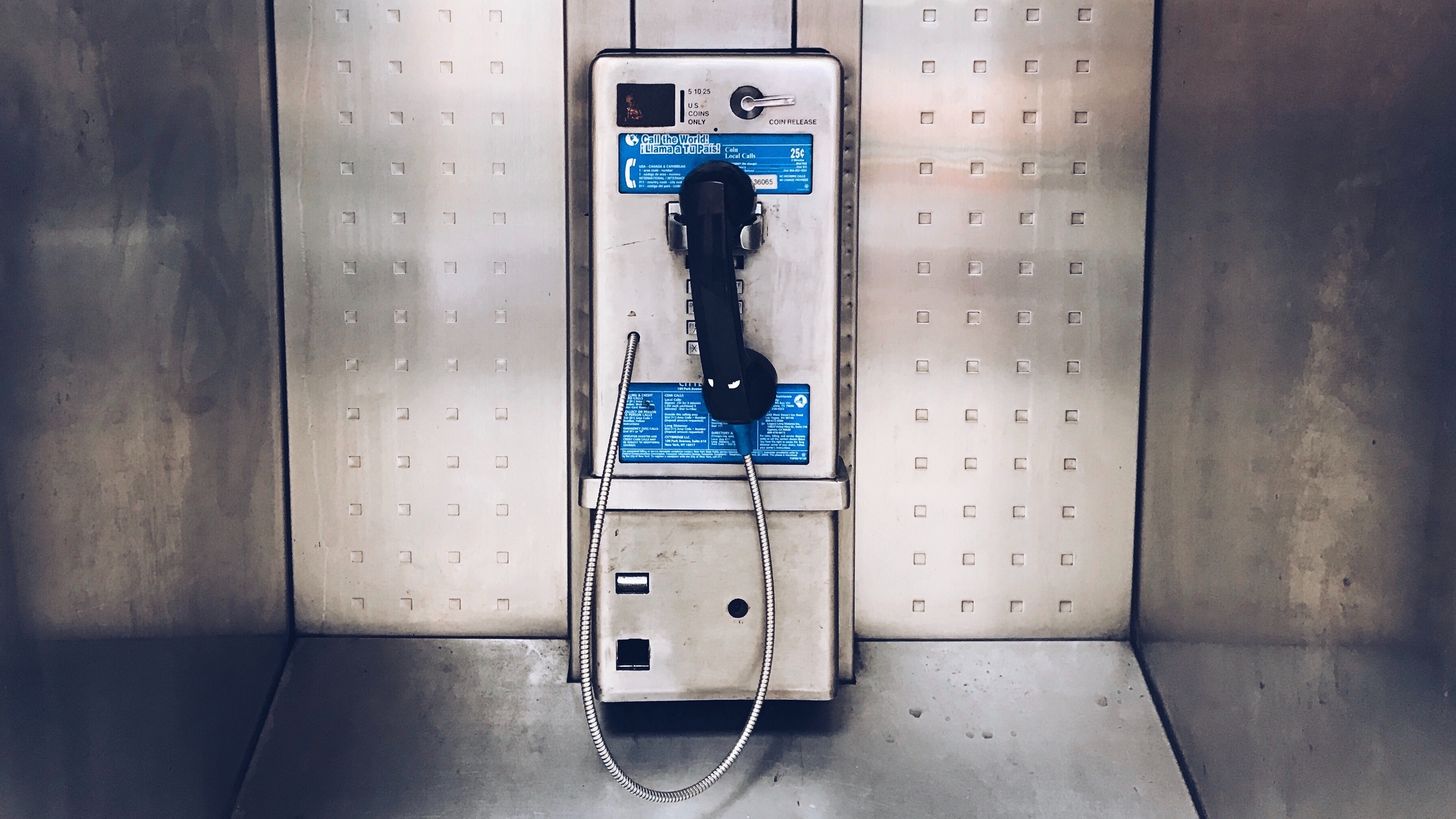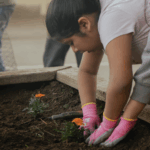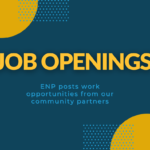Students cultivate growth, aid areas of need
(Original Article)Before heading to various serve locations, students attended a brief rally where they were encouraged by faculty, March 12.
For the sixth consecutive year, the Fresno Christian HS and JH student body engaged in Serve Day, March 12. While JH stayed on campus to complete various work projects, all of HS packed up after first period, attended a quick rally before loading up in buses, and heading out to various different locations across the city to serve. Over 260 campus students participated in this year’s event.

